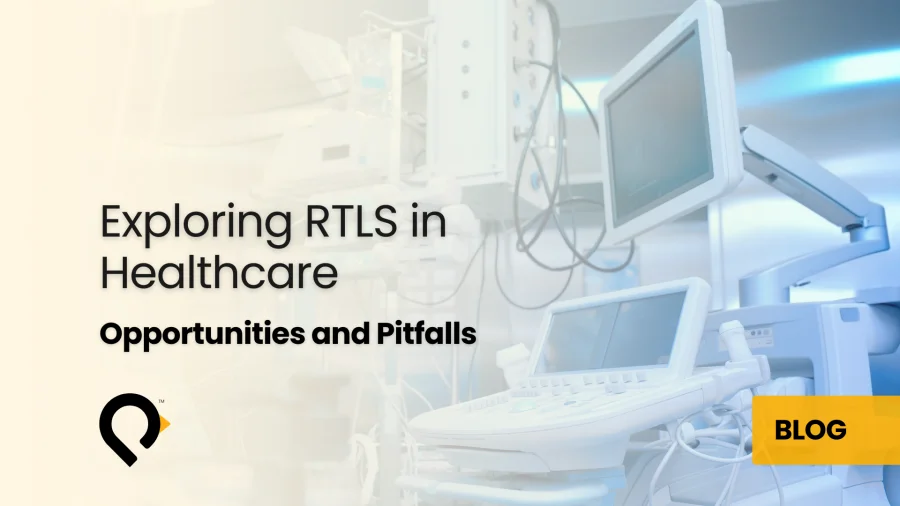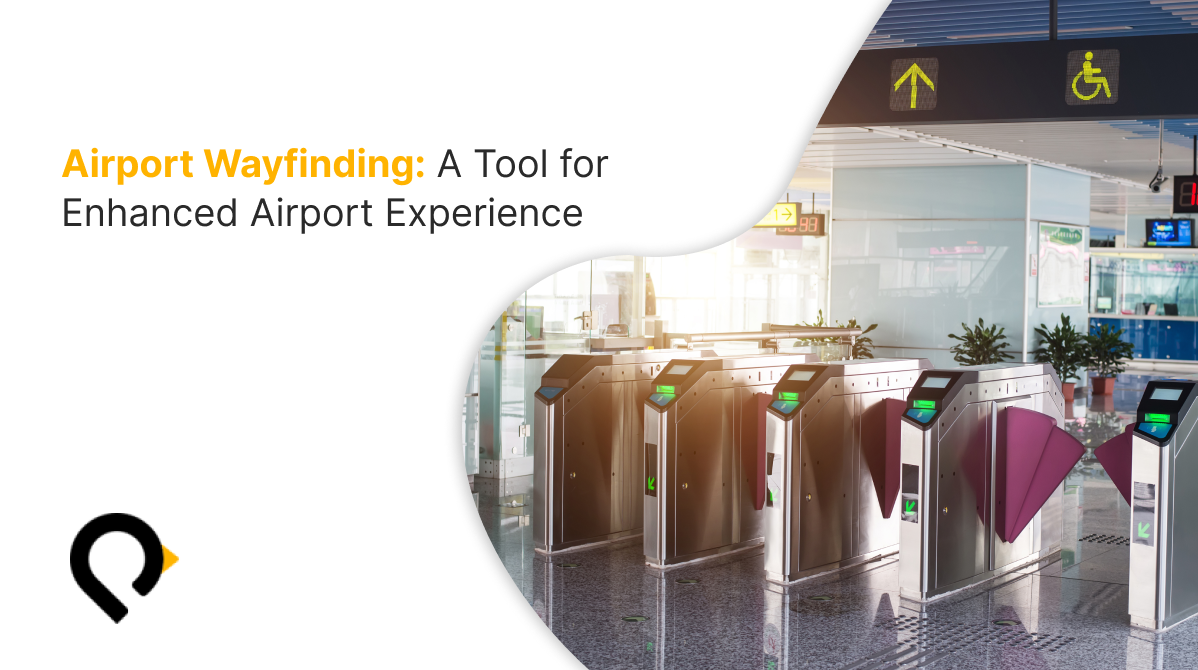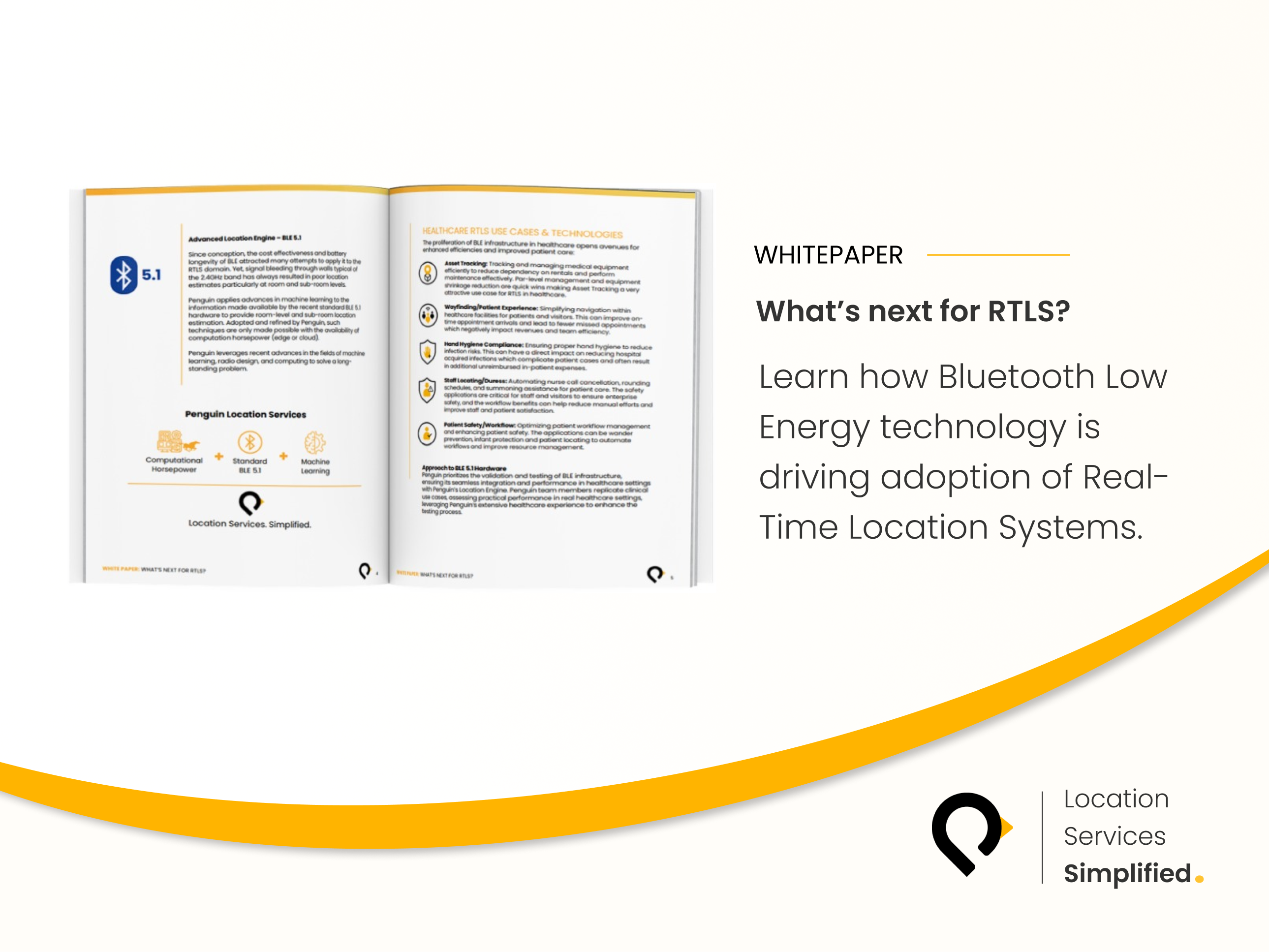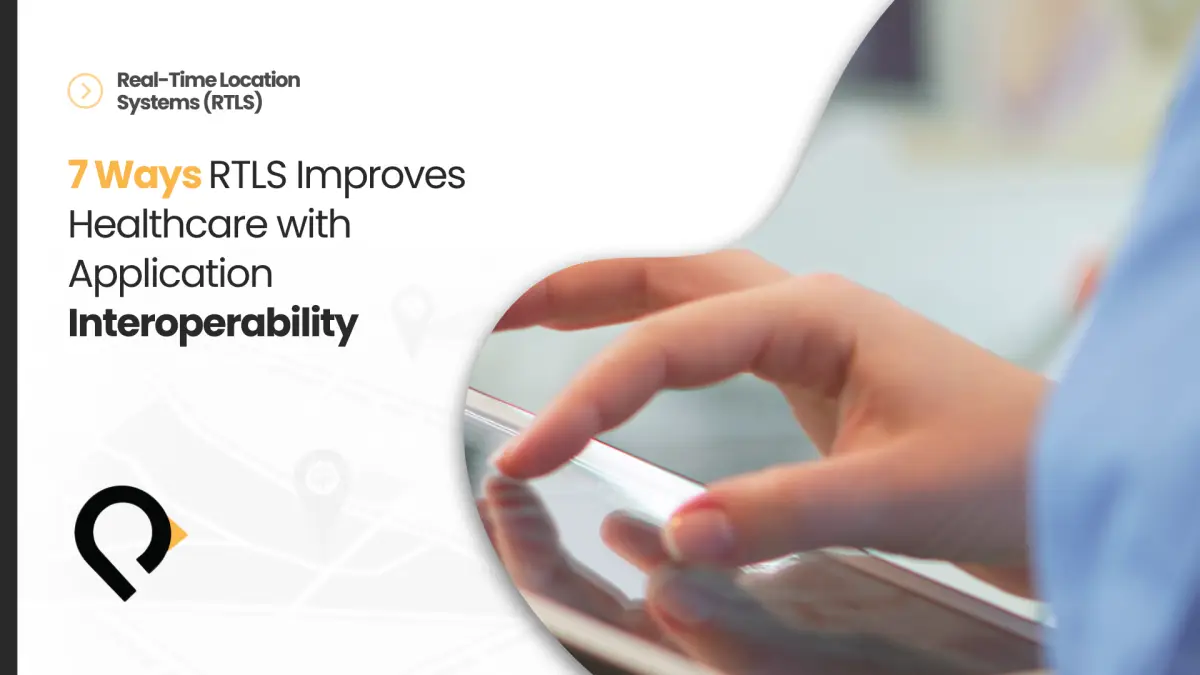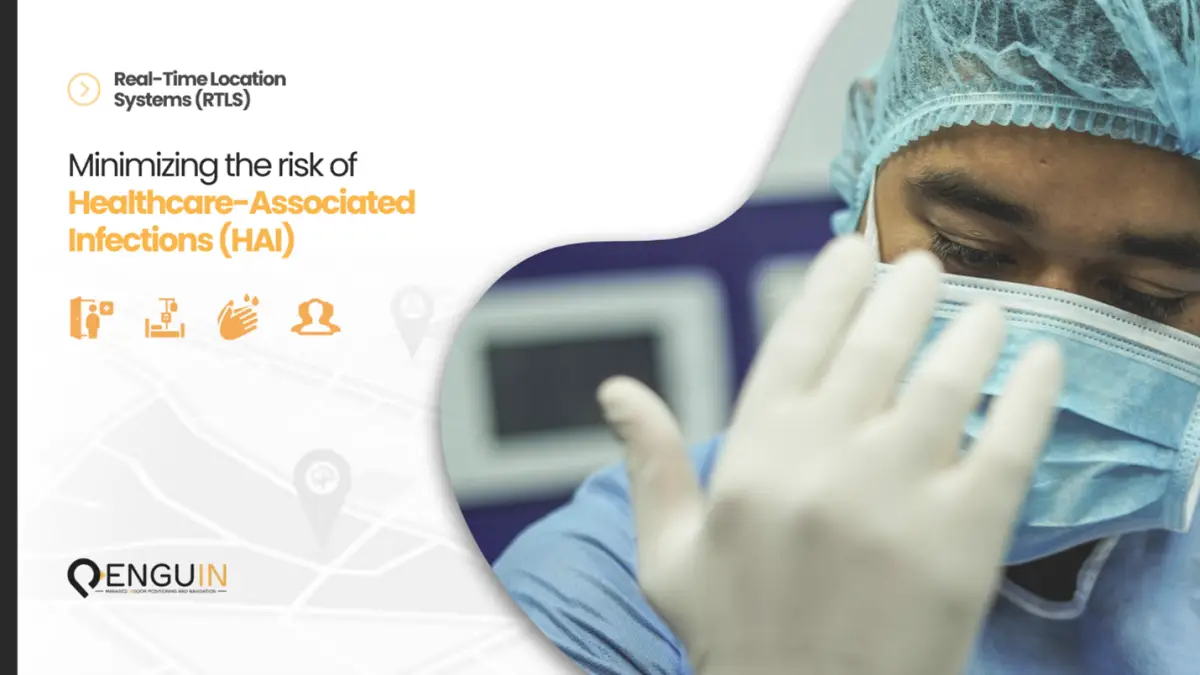Optimizing Healthcare with Advanced Hospital Equipment Tracking
Introduction
Healthcare leaders can save thousands of hours wasted on administrative tasks. Specifically, they can do this by implementing a reliable Healthcare RTLS solution for hospital equipment tracking and medical asset management. Moreover, with advanced and affordable healthcare technology solutions available, these asset tracking systems offer significant return on investment. However, it’s essential to consider the total cost of ownership. This includes capital investment, installation costs, user training, ongoing maintenance, and recurring expenses. Therefore, these factors are crucial when selecting a future-proof hospital asset tracking and management solution.
Medical Asset Tracking Challenges
First and foremost, lack of visibility in medical equipment management leads to inefficiency in healthcare facilities. In fact, one-third of nurses report spending at least an hour per shift searching for medical devices and hospital equipment. As a result, this leads to asset hoarding, over-procurement, and increased operational costs. Furthermore, without Real-Time Location Systems (RTLS) and healthcare asset tracking, biomedical staff often spend more time locating medical assets than actually servicing them. Consequently, this creates significant operational bottlenecks.
Healthcare Asset Tracking Solutions
Fortunately, Active Bluetooth Low Energy (BLE) 5.1 enabled hospital equipment tracking provides comprehensive asset visibility at the room level. Additionally, this enhances operational efficiency and automates clinical workflows. Moreover, these medical asset management solutions offer fast, intuitive asset searches. At the same time, they automate equipment workflows such as PAR-level management, preventative maintenance scheduling, and medical equipment distribution.
Furthermore, automating tasks like maintaining real-time PAR values and sending alerts when these values are compromised ensures critical medical assets are available when needed. As a result, this improves hospital operations and patient care delivery significantly.
Automate Healthcare Asset Workflows and Improve Patient Care
Active BLE 5.1 asset tracking tags on mobile hospital equipment provide real-time location tracking and status data. Subsequently, healthcare staff can use asset tracking software to view equipment locations. Thus, this ensures availability when needed. In addition, this speeds up preventative maintenance and compliance workflows. Therefore, it supports timely, patient-centered care and clinical efficiency.
Meaningful Benefits of Hospital Equipment Tracking
- Cost Savings
First, egress alerts and exit monitoring reduce the risk of lost or stolen equipment. Moreover, utilization analytics help right-size your medical equipment inventory. Consequently, this minimizes unnecessary purchases and maximizes asset utilization.
- Clinical Efficiency
Second, quick asset location searches eliminate wasted steps. As a result, healthcare providers can locate and set up critical medical devices quickly. Thus, this directly impacts the time spent with patients. Furthermore, it improves clinical productivity significantly.
- Enhanced Care Delivery
Third, PAR-level management reduces delays by ensuring critical hospital equipment is available when and where needed. Therefore, this promotes the highest-quality and timely patient care. Ultimately, it enhances overall healthcare delivery.
- Regulatory Compliance
Finally, CMMS integrations facilitate efficient preventative maintenance and equipment recall procedures. Consequently, this ensures patient safety, healthcare compliance, and optimal medical equipment condition.
Conclusion
In summary, advanced BLE 5.1 technology in hospital asset tracking offers numerous benefits. Specifically, it enhances operational efficiency and patient care quality. Additionally, these healthcare asset management solutions provide reliable, accurate, and affordable medical equipment tracking. As a result, they help hospitals and healthcare facilities deliver the highest-quality care without increasing costs.
Moreover, by leveraging comprehensive medical equipment tracking solutions, hospitals can reallocate valuable time to patient care. Furthermore, they can achieve cost reduction and maintain high regulatory standards. Therefore, this leads to improved patient outcomes and operational excellence in healthcare delivery. Ultimately, investing in advanced hospital equipment tracking is a strategic decision that benefits both healthcare providers and patients alike.

